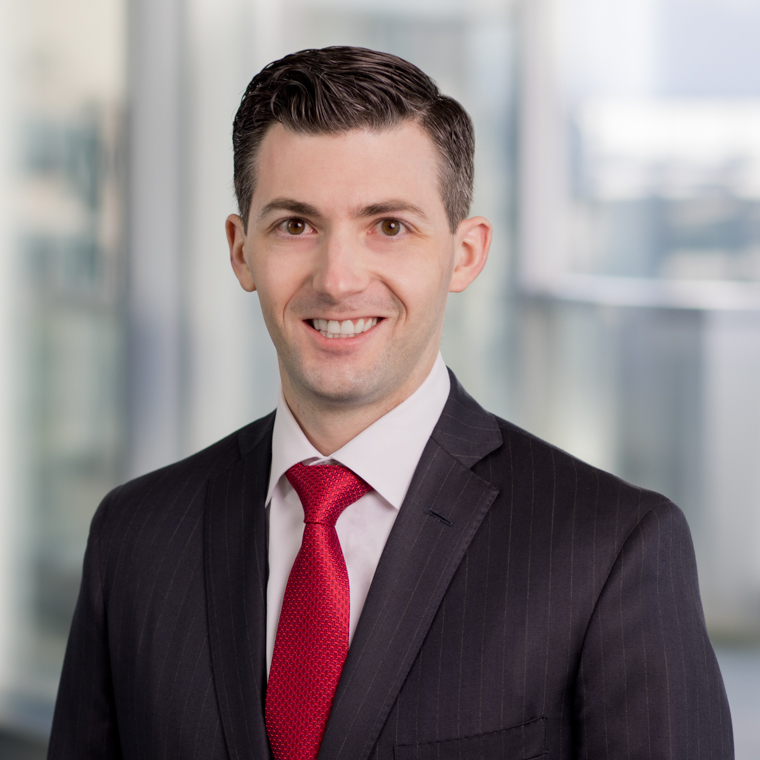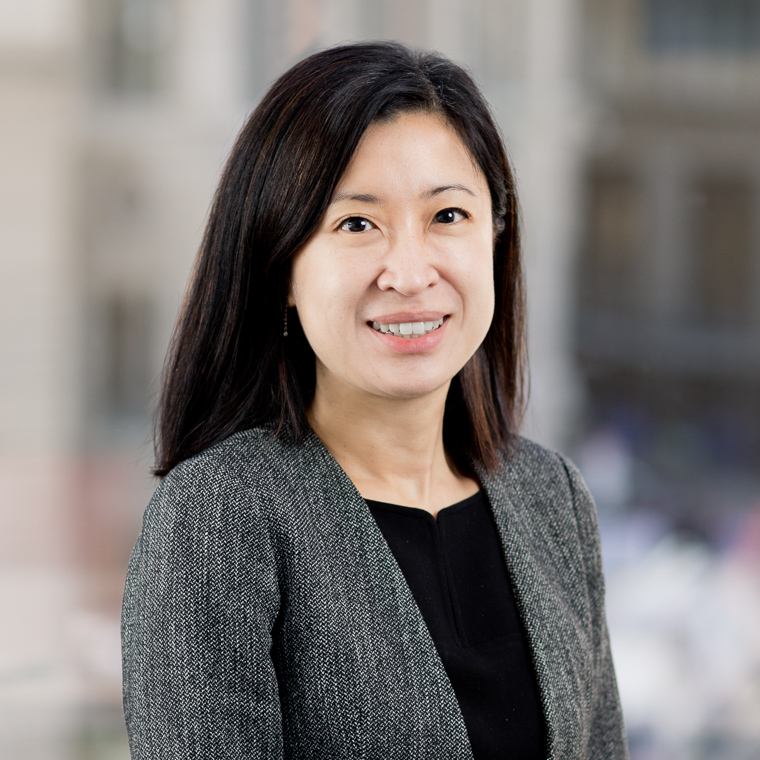Last week, the Center for Audit Quality and Audit Analytics recently released their fifth annual Audit Committee Transparency Barometer report. As in past years, the groups “continue to observe encouraging year-over-year trends with respect to voluntary, enhanced disclosure regarding external auditor oversight,” although the percentage increases are smaller than in recent years. The fifth annual report is based on a review of proxy statements filed through the end of June 2018 by companies in the Standard & Poor’s Composite 1500, which is comprised of companies in the S&P 500, S&P MidCap 400, and S&P SmallCap 600 indices.
Similar to prior years, the latest data continues to show growth in the percentage of S&P 500 companies disclosing information in several key areas, including external auditor appointment, tenure of audit firm engagement, engagement partner selection, engagement partner rotation, and annual evaluation of the external auditor. Among the trends identified, the 2018 report specifically notes the following with respect to S&P 500 companies since the report began in 2014:
- 40% disclosed whether the audit committee discussed its considerations in appointing the external auditor, as compared to 37% in 2017 and 13% in 2014.
- 70% disclosed the length of time the auditor has been engaged, as compared to 63% in 2017 and 47% in 2014. As noted in the report, “[t]his may be the result of the new auditing standard requiring disclosure of tenure in the auditor’s report.”
- 46% discussed the criteria the committee considered when evaluating the audit firm, as compared to 38% in 2017 and 8% in 2014.
- 52% expressly stated that the audit committee is involved in the selection of the audit engagement partner, as compared to 49% in 2017 and 13% in 2014.
- 49% stated that the engagement partner rotates every five years, as compared to 46% in 2017 and 16% in 2014.
Not all enhanced disclosures witnessed increases. Some disclosures saw no change from 2017 or experienced a slight decline, most notably:
- 28% explained a change in fees paid to the external auditor in 2018, a decline from 31% in 2017, though on par with the 28% reported in 2014.
- 20% disclosed whether the audit committee is responsible for audit fee negotiations, the same as in 2017, though higher than the 8% reported in 2014.
Looking across the three S&P indices, year-over-year changes have tended to move in the same direction for each of the three indices, though the magnitude of the change varied by index. As in past periods, the percentage of companies providing enhanced disclosures tended to decrease when moving from larger to smaller indices. More broadly, these trends are consistent with recent findings by Deloitte’s Center for Board Effectiveness, which noted that the greatest year-over-year percentage increase among S&P 100 companies involved disclosures about the audit committee’s role in the oversight of cybersecurity, which increased to 43% for 2018, a 13 percentage point jump from 2017.
While the report highlights many positive increases, it concludes that “many opportunities remain for enhancement in transparency and clarification of the involvement of the audit committee in the oversight of the external auditor, and these opportunities are well worth exploring.” The report highlights some areas where audit committees could focus on providing enhanced disclosure, include describing any changes in fees paid to the audit firm, stating whether an evaluation process is part of the determination to appoint or reappoint an auditor, and stating whether the evaluation is an annual event. As the 2019 proxy season approaches, audit committees may want to consider these disclosure areas and should continue to evaluate disclosure trends among their peers, particularly with respect to disclosures related to the oversight of the external auditor.

